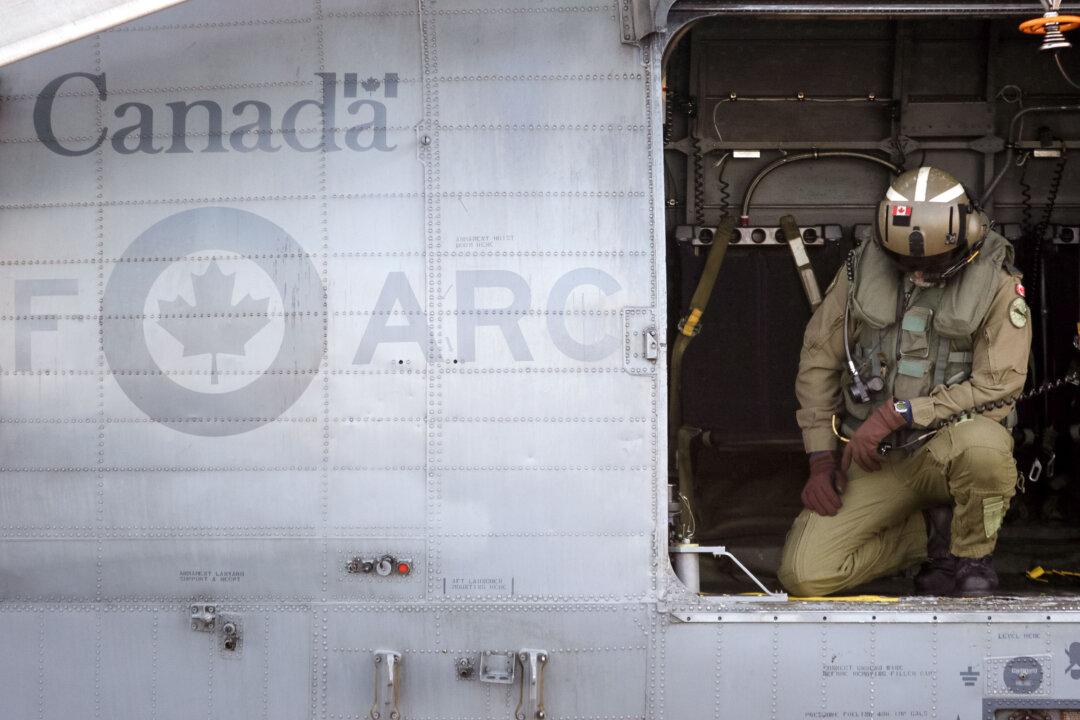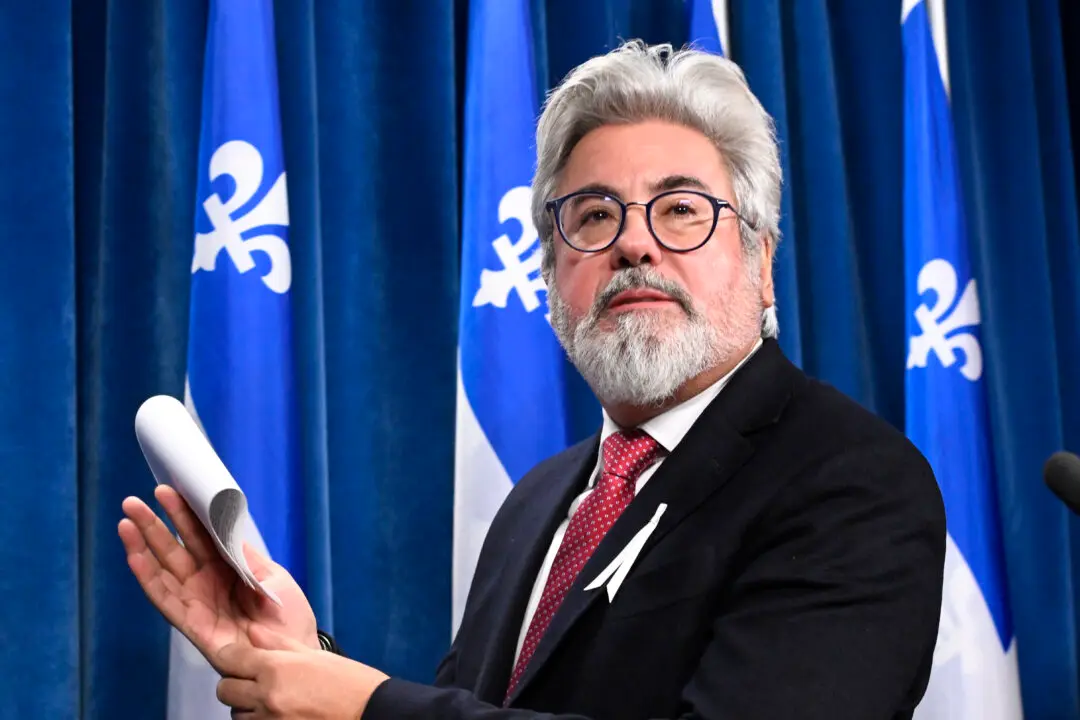Canadian military aircraft are now being outfitted with technology capable of tracking cellphones for search and rescue operations.
Dubbed the Cellular Airborne Sensors for Search and Rescue (CASSAR) system, the new technology is currently being used on Royal Canadian Air Force CC-130H Hercules planes flying out of bases in British Columbia, Manitoba, and Nova Scotia, the Department of National Defence (DND) said in a Sept. 6 release.





